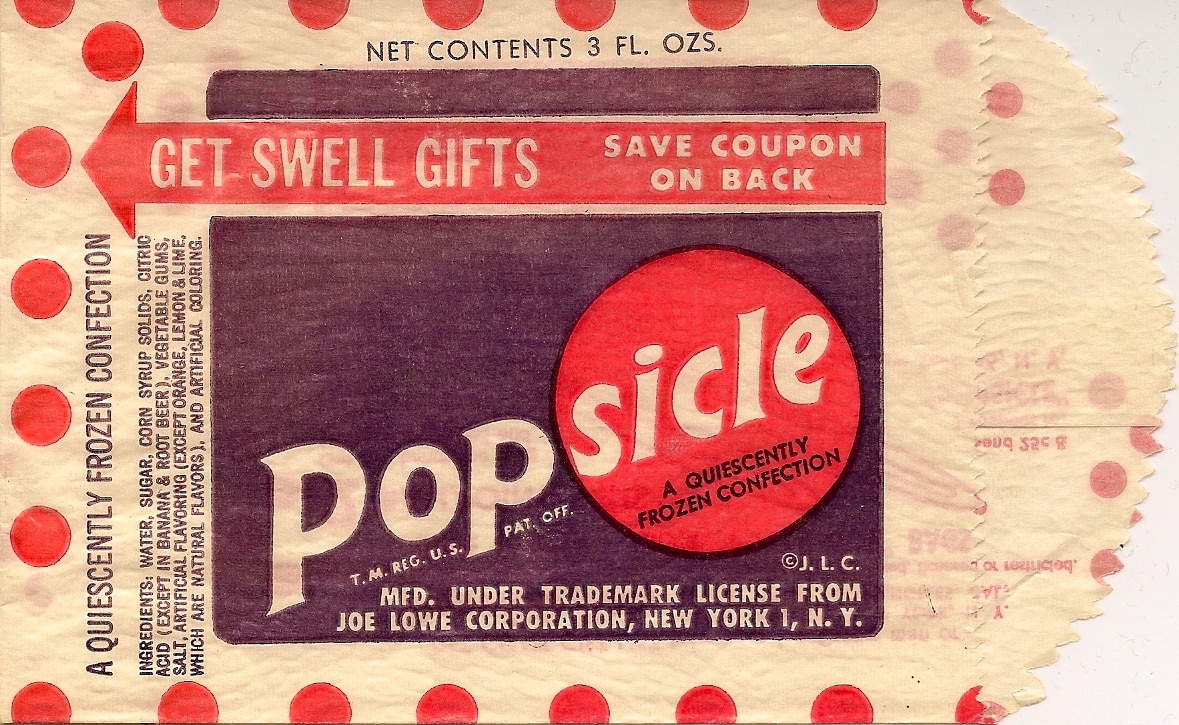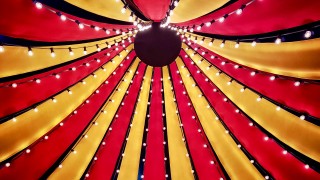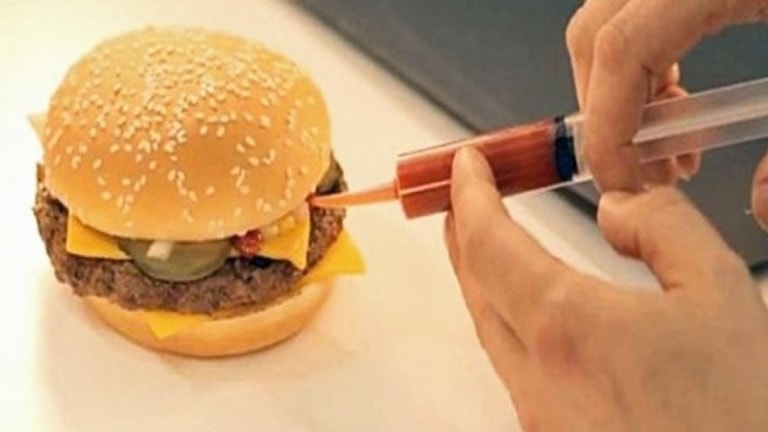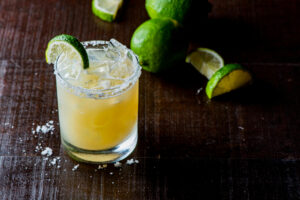In the ’50s and ’60s, every Boomer kid loved to play with “Boomer Brands,” and there were plenty of toys and games that fit the bill! Younger children could play simple games like Candy Land with their parents, move Colorforms around on a special shiny surface, or dress Barbie dolls for hours on end. Older kids built stuff with LEGOs, Lincoln Logs and TINKERTOYS, and they spent a lot of time outside, riding Schwinn bikes, roller skating on sidewalks, throwing Frisbees, and hitting WIFFLE balls.
Many toys of the time were influenced by children’s and family television shows. For example, the popularity of TV Westerns spawned cowboy hats, cap guns, and cowboy and Indian playsets. “Watch Mr. Wizard,” the popular children’s TV show, led kids to clamor for their own do-it-yourself science kits. Disney films and television shows created an entire genre of Disney-branded toys and games. Some fads, like the Hula Hoop, caught on and prevailed, while others, like troll dolls, sparked interest but flamed out quickly.
Parents encouraged their children to read, but they may have been less than enthusiastic about the favorite reading material of Boomer kids – comic books. Still, parents knew from their own childhood that comic books were a rite of passage. Popular in the 1930s and 1940s, comic books took on a whole new life in the ’50s and ’60s with the advent of television. The cross-over between television and comic book characters was significant, each medium benefitting from the other.
Play time (sans computer or smartphone) was an integral part of growing up in the Boomer era. Here are some of the toys and games that were winners & losers with boomers from the book, Boomer Brand Winners & Losers: 156 Best & Worst Brands of the 50s and 60s.
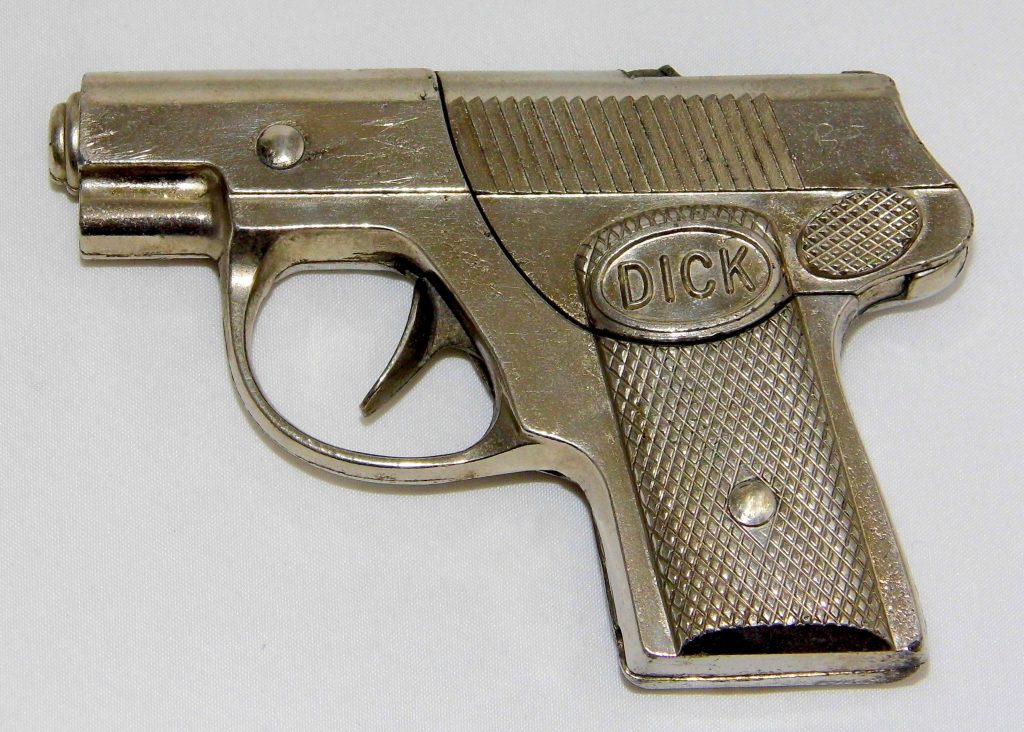
Table of Contents
ToggleCap Gun
The cap gun may seem sinister, but this toy reached the height of its popularity in the ’50s and ’60s. The cap gun was most often associated with a Western television show. Whether it was the long-barreled “Wyatt Earp Buntline Special,” the derringer created by Mattel for the show “Yancy Derringer,” or the toy version of the weapon used by “The Rifleman,” Boomer kids (mostly boys) were likely to own at least one. Caps made the cap gun even more exciting by simulating the noise, smell, and smoke of a real gun. Essentially tiny fireworks, caps came individually, on rolls and on disks, designed to fit the specific cap gun. Once American parents started to witness the horrors of the Vietnam War on television, cap guns quickly lost their broad appeal as children’s toys. I classify the cap gun as a loser for the reason that, quite simply, a gun is not a toy, and a toy should not be a gun. In addition, those little caps could be quite dangerous. I remember my friends and I playing with strips of caps, setting them off by striking them with rocks. In retrospect, not a smart move.
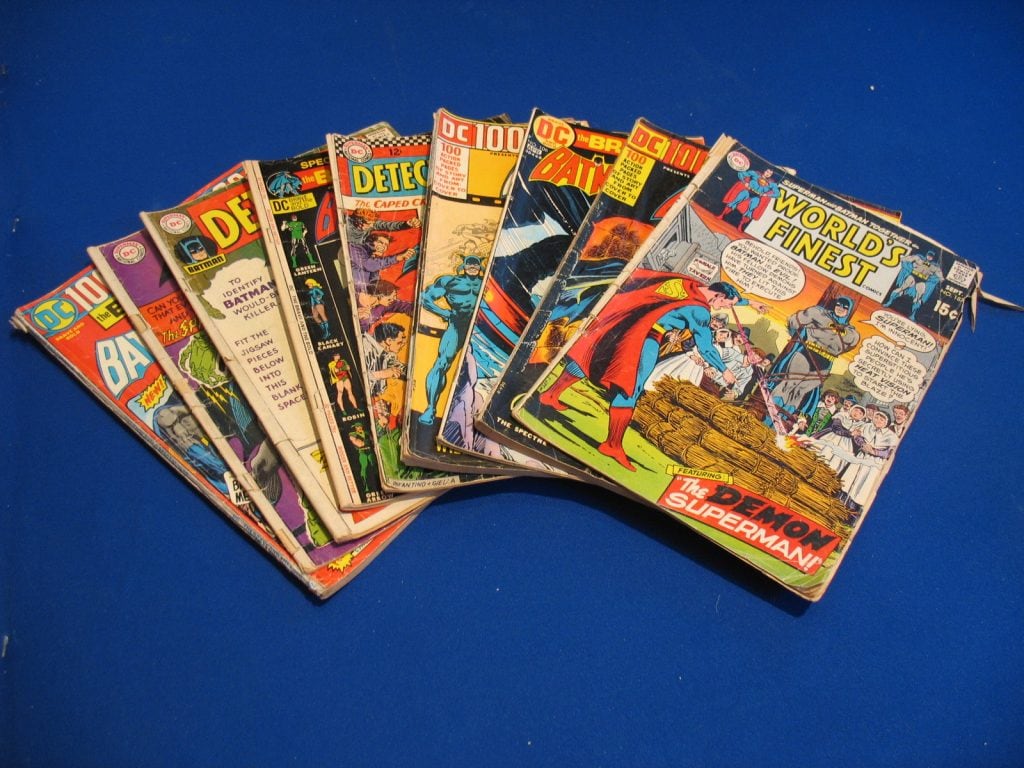
Comic Books
The “Golden Age” of comic books, when the modern comic book was born and flourished, occurred in the 1930s and 1940s. Indeed, that’s when the Superman and Batman characters were introduced. This period was followed by the “Silver Age” from the ’50s through the early ’70s, when a slew of comic book brands such as Action, DC and later Marvel churned out superhero, crime, Western, science fiction, horror and even romance comic books. “Classics Illustrated” was one of the few high-brow series of comic books. Boomer kids were known to read comic books by flashlight under their sheets, much to their parents’ chagrin. When the influence of comic books was investigated by Congress in 1954, the comic book industry instituted its own “Comics Code” which cleaned up comic book content for a while. Interestingly, a comic book called “MAD” was converted into a “magazine” to bypass the Code; it became highly successful. The Code was eventually abandoned. Comic books and comic book characters have witnessed a rebirth in recent years, in no small part thanks to nostalgia-hungry Boomers.
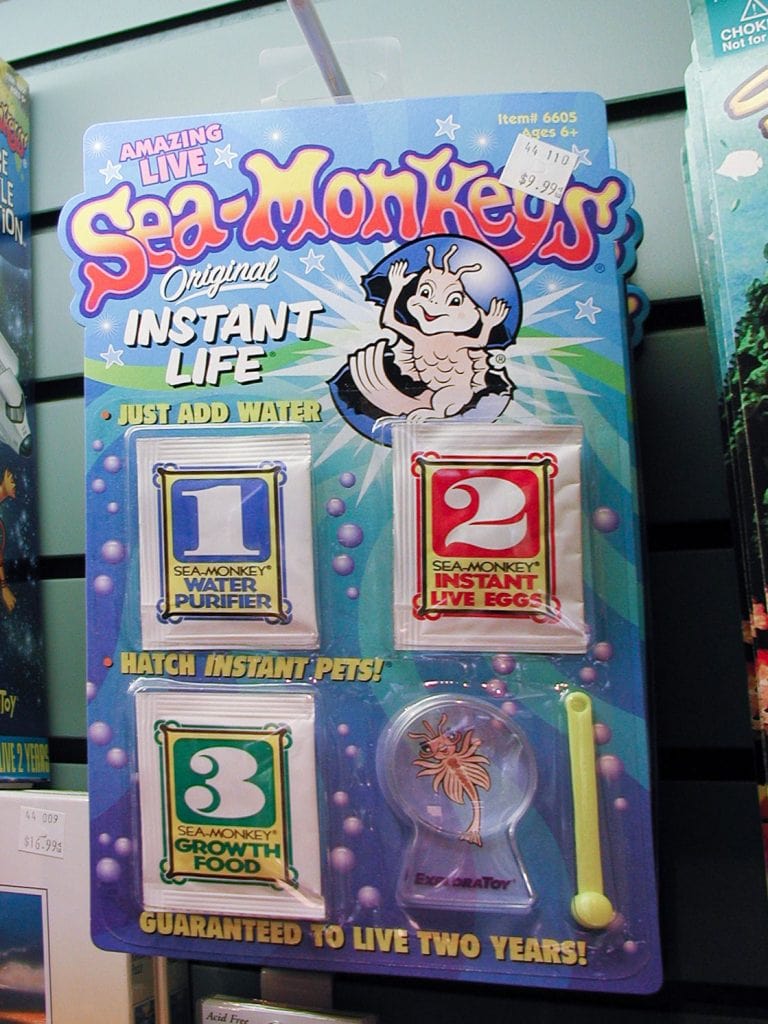
Sea-Monkeys
Remember how fascinated you were with “Uncle Milton’s Ant Farm”? Remember how disappointed you were with “Sea-Monkeys”? They were actually a weird kind of brine shrimp that remained in suspended animation until “released” by a proper mix of nutrients and chemicals. Working with a marine biologist, Harold von Braunhut invented and packaged a product that contained all the ingredients needed to create “instant life.” In 1962, he named it “Sea-Monkeys” because he thought the brine shrimp tails resembled the tails of monkeys. This scientific toy featuring tiny crustaceans turned out to be a giant letdown. If and when the shrimp came alive, the “Sea-Monkeys” looked nothing like the cute cartoon monkey illustrations in ads, most of which appeared in comic books in the late ’50s and ’60s. The illustrations were inaccurate, and the ad’s promise of “a bowlfull of happiness” could not have been further from the truth. Most Boomer kids and their parents saw “Sea-Monkeys” as nothing more than a scam. Still, they became a pop culture fad, and are still being sold today.
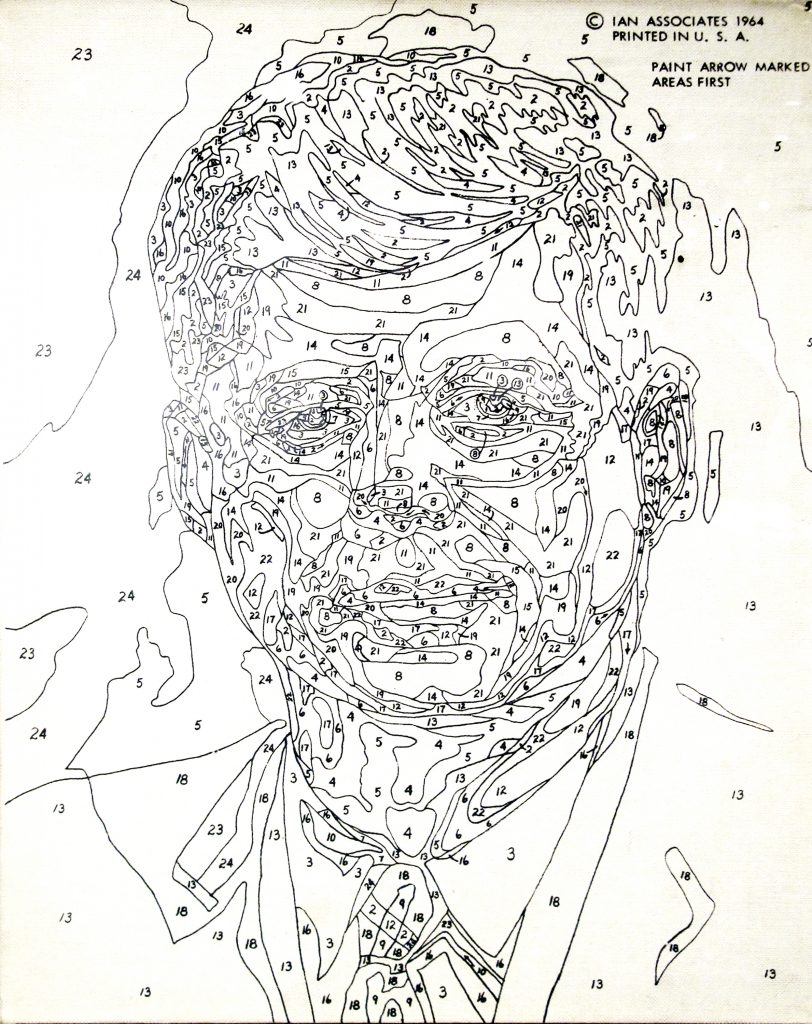
Paint By Numbers
“Paint by Numbers” was a remarkable cross-over concept that delighted both adults and Boomer kids. Max Klein, owner of Palmer Paint Co., challenged employee Dan Robbins to find a way to sell more paint. Inspired by Leonardo da Vinci’s method of numbering diagrams to teach painting, Robbins came up with the “paint by numbers” concept, introduced in 1951 under the “Craft Master” brand. It wasn’t an immediate hit until folks figured out that they could make great-looking paintings with absolutely no talent. Robbins was a real idea man: One of his breakthrough promotions was to create a giant blank billboard of a paint-by-number scene. Bleachers were set up in front of the billboard so people could watch as, each day, another color was added. Paint-by-number kits became so popular that President Dwight D. Eisenhower bragged about the paintings he created to hang in the White House. By 1955, Palmer Paint had sold 20 million paint-by-number kits. During the height of their popularity, the kits included landscapes, buildings, cars, and every conceivable type of subject, even JFK, as seen above.
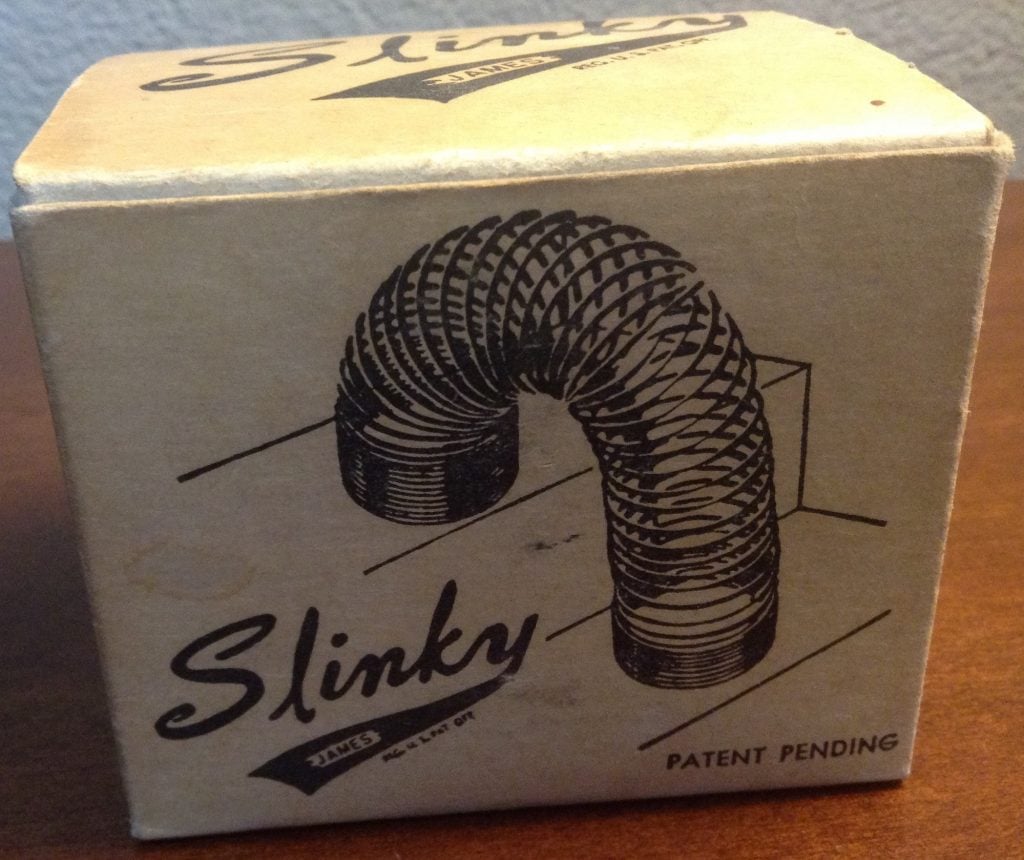
Slinky
“Slinky” was an accident. In 1943, Richard James, a mechanical engineer, was working on springs that could stabilize sensitive equipment on ships. When he accidentally knocked a spring off the shelf, he noticed that it “walked” instead of just falling. That gave him the idea for a toy which he and his wife Betty named Slinky. The couple started a company and James developed a machine that was able to coil 80 feet of steel wire into a two-inch spiral. Slinky didn’t sell until Gimbels in Philadelphia demonstrated it during the 1945 Christmas season. Slinky was nationally advertised, and 100 million Slinkies were sold in the first two years. In the early ’50s, other toys incorporating Slinky were created. Later, Slinky was updated and made out of plastic. Boomer kids were fascinated with this thing that could seemingly walk by itself downstairs, but there wasn’t much else to do with it – although I seem to remember one of my science teachers making creative use of one in an experiment. Today, there is a whole line of Slinky toys available. Still, it’s a fad whose time has passed.


